
Are you looking for descriptive essay examples to help you...
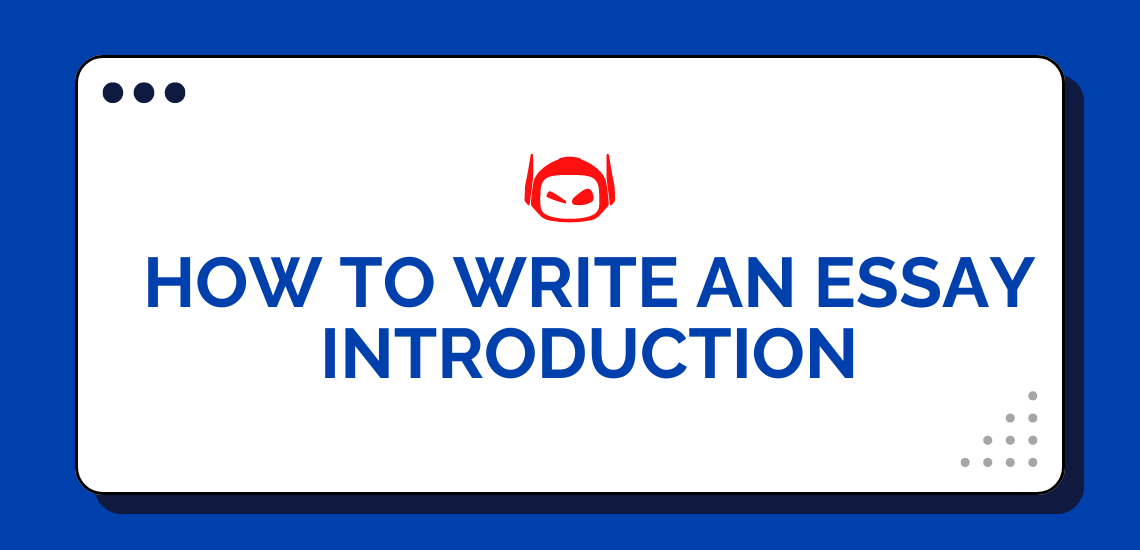
Step-by-Step Instructions for Writing, Student Guide for Writing
Do you want to learn how to write an essay...

General Guide About Content and Writing, Step-by-Step Instructions for Writing
Are you working on an essay proposal and need help...
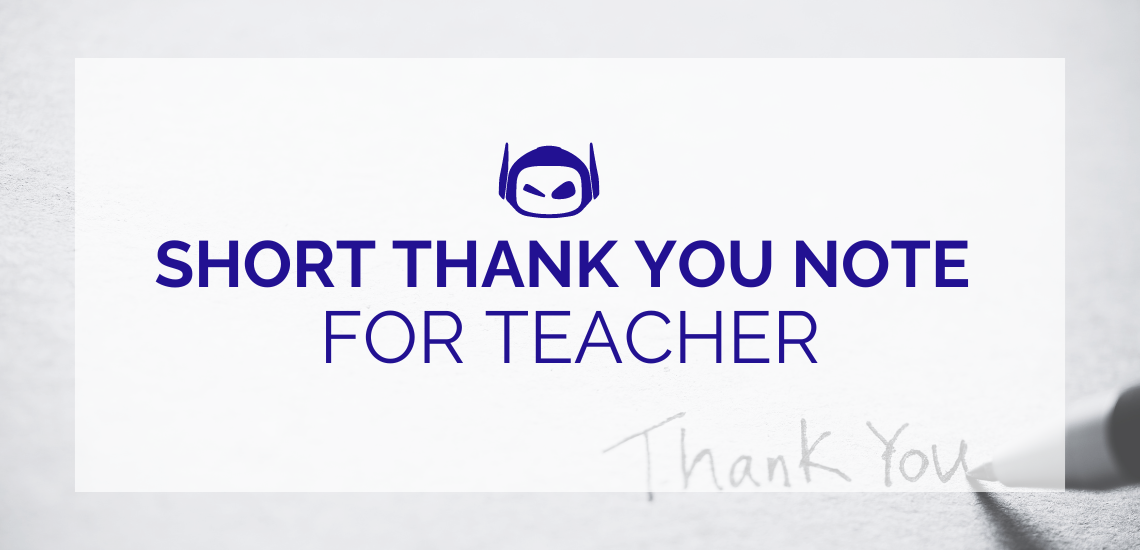
General Guide About Content and Writing
Do you want to write a short thank you note...
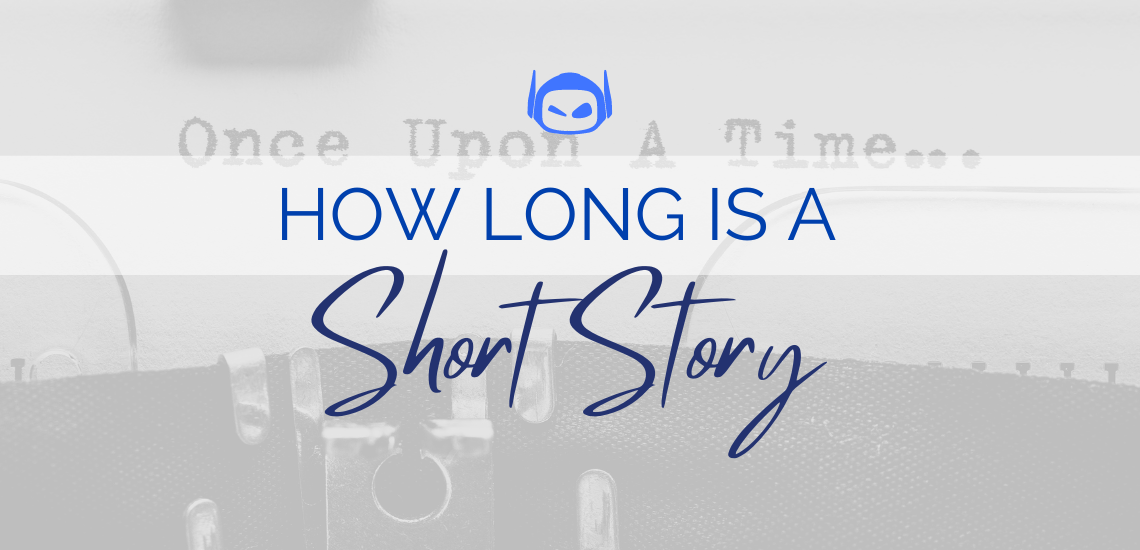
General Guide About Content and Writing
Do you want to know how long is a short...

General Guide About Content and Writing
Are you struggling to complete your expository essay and need...
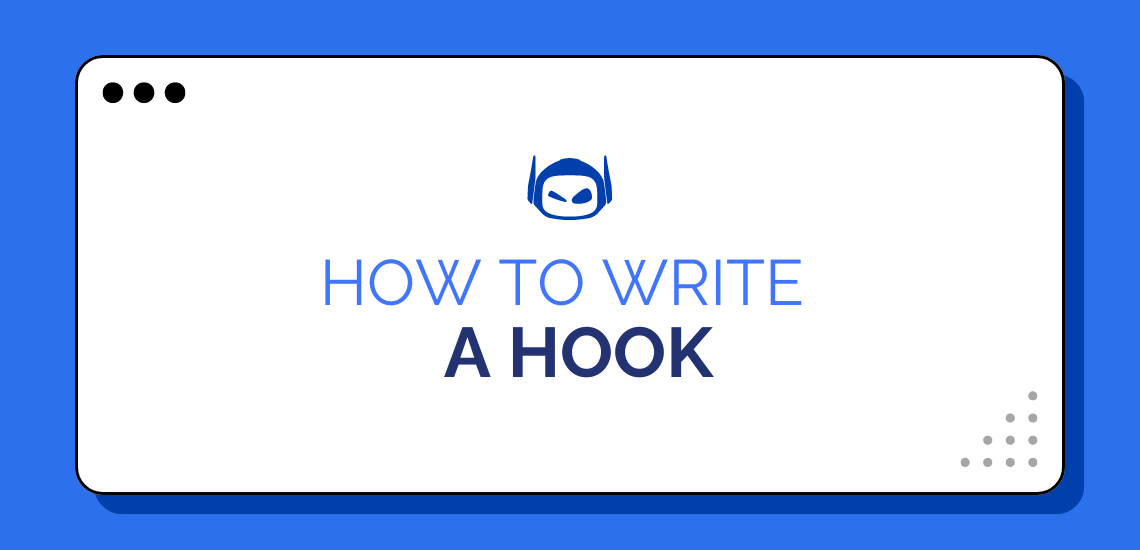
General Guide About Content and Writing
Are you worried that your essay will start out flat...
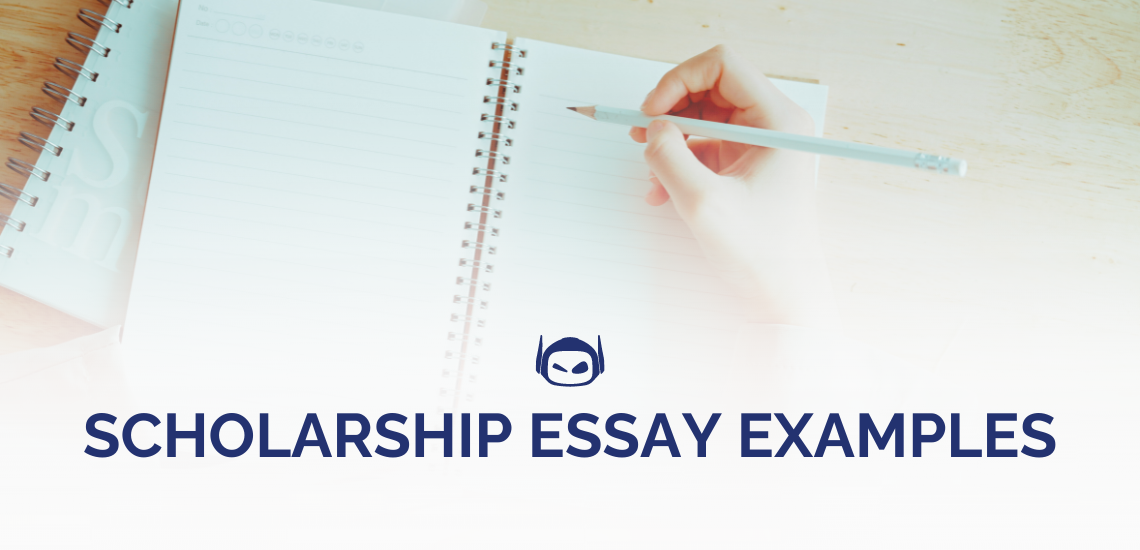
General Guide About Content and Writing
Are you worried that your scholarship essay will not get...
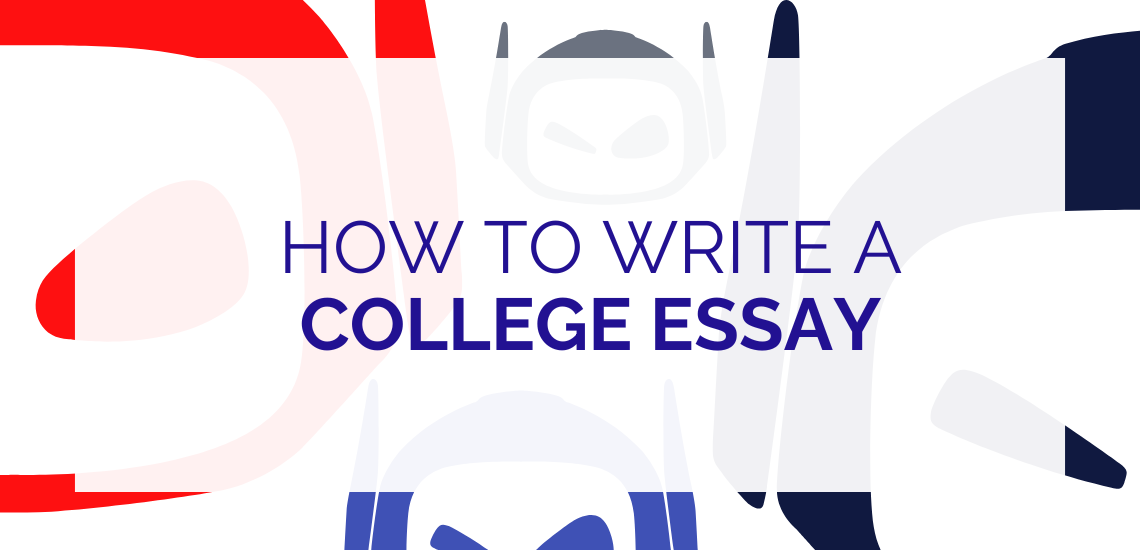
Step-by-Step Instructions for Writing
Writing a college essay can seem daunting, but it’s your...
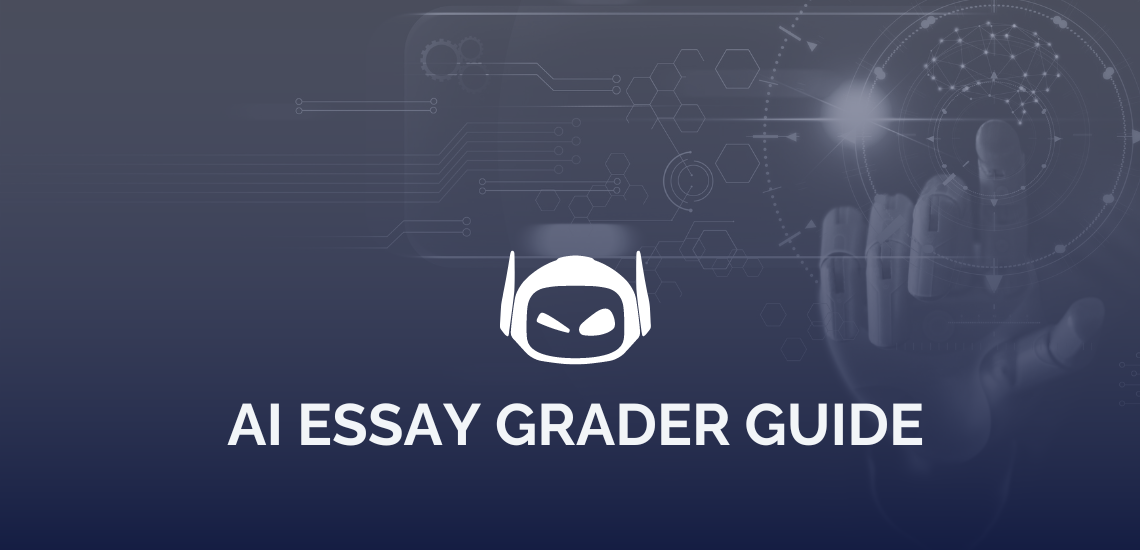
In today’s fast-paced world, technology touches every aspect of our...